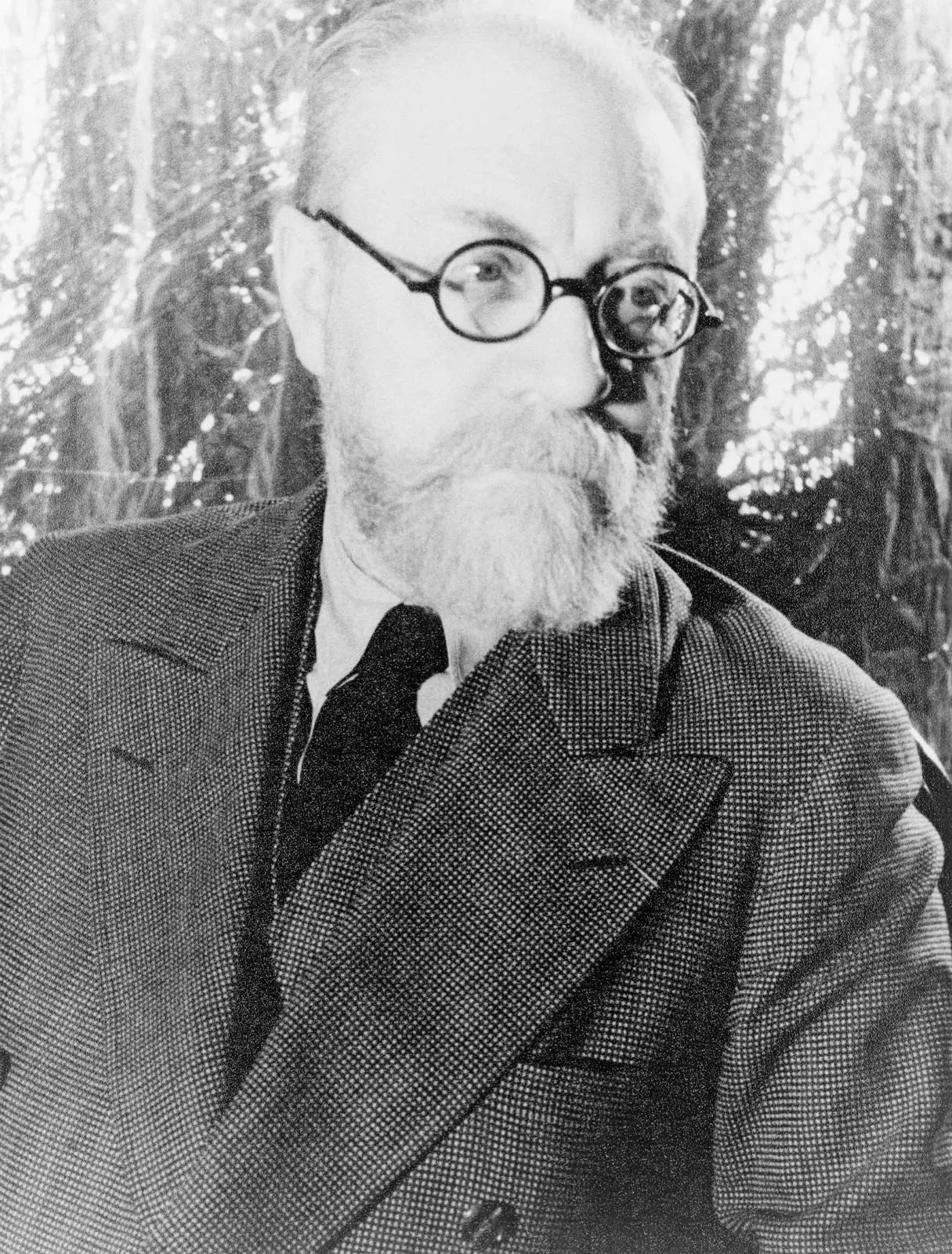Henri Matisse, born in 1869 in Le Cateau-Cambrésis, France, is celebrated as one of the most influential figures in modern art. Known primarily as a painter, Matisse was also a skilled draughtsman, sculptor, and printmaker. His innovative use of color and form revolutionized the art world and paved the way for new artistic movements, including Fauvism, Expressionism, and even elements of Abstract Expressionism. Matisse’s work represents a shift away from traditional forms and perspectives, emphasizing emotion and abstraction over realism and setting the stage for countless artists to explore new, uncharted territories of visual expression.
Matisse began his journey as a lawyer, but a bout of illness led him to discover painting. He trained under respected figures like Gustave Moreau, who encouraged Matisse’s early explorations in the medium. His first works were in the academic style, but he soon grew captivated by the potential of color, influenced by Post-Impressionists such as Van Gogh, Gauguin, and Cézanne. Matisse sought to liberate color from its representative role, believing it could evoke emotions and embody a sense of freedom. This led to the creation of Fauvism, a style characterized by bold, unblended colors and expressive brushstrokes. Matisse, along with contemporaries like André Derain, developed Fauvism in the early 20th century. The style shocked traditionalists but resonated with a younger generation eager for change.
Learn More About Henri Matisse
Matisse’s painting Woman with a Hat (1905) is a prime example of his approach to color. Here, he used non-naturalistic shades to depict his wife, Amélie, with broad, wild brushstrokes. This work faced critical backlash, yet it became iconic, as it showed how color could serve as an independent expressive element rather than merely representational. Through Fauvism, Matisse introduced a new artistic vocabulary, focusing on emotional impact rather than mimetic accuracy.
In the years following his Fauvist period, Matisse continued to experiment, moving toward a style defined by simplification and abstraction. His series The Dance (1910) showcases vibrant, interlocking figures, a testament to Matisse’s unique ability to convey movement and joy through minimal, almost childlike forms. These bold, stylized shapes inspired artists across movements like Abstract Expressionism, proving Matisse’s influence extended beyond his immediate artistic circle.
In his later years, Matisse turned to paper cutouts as a medium. Confined to a wheelchair after cancer surgery, he developed his “cut-out” technique, creating masterpieces like The Blue Nude and The Snail by cutting shapes from painted paper. The simplicity of these works belied their sophistication, and they became an enduring legacy, influencing future generations of artists working in collage and mixed media. This cut-out technique not only broadened Matisse’s own artistic range but also became a pioneering method for artists to embrace unconventional materials and forms, expanding the possibilities of modern art.
A Trailblazer in Modern Art
Matisse’s approach, prioritizing emotion over precision, helped shift modern art toward abstraction and subjective experience. His work, encompassing Fauvism, abstraction, and collage, demonstrates his lifelong dedication to redefining artistic expression. By embracing simplicity, bold color, and fluid forms, Matisse freed art from traditional constraints, allowing artists to prioritize self-expression and emotion over realism. His influence continues to resonate, inspiring modern artists across mediums and reminding the world that art, at its core, is a celebration of life, movement, and feeling.

No responses yet